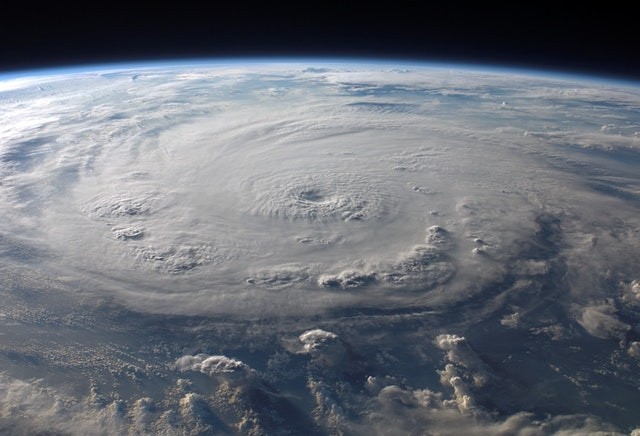Computer scientists at ETH (Swiss Federal Institute of Technology, Zurich) are trying to create a detailed digital twin of our Big Blue Marble in a kind of pixelated cloning experiment intended to serve as a model of experiment for Earth's climatic changes.
According to recent study in Nature Computational Science, the purpose here is for this replica planet to be used as a sounding board to simulate and project out the future of Earth environmental issues before they happen. This safeguard data could assist scientists and policymakers by giving them a more exact alert to forecast hazardous changes in climate and their harmful effects.
The European Union has recently launched a pair of productive green initiative programs named "Green Deal" and "Digital Strategy" with the goal to become climate neutral by 2050.

Destination Earth Initiative
Part of this attempt will be the "Destination Earth" initiative to begin in mid-2021, where international climate researchers and computer scientists will join a ten-year study using an evolving digital model of Earth that will map extreme climate events unfolding in time and space.
Peter Bauer, deputy director for research at the European Centre for Medium-Range Weather Forecasts (ECMWF) and co-founder of Destination Earth said If a plan of two-metre high dike in the Netherlands is made, for example, he can run the data through his digital twin and check if the dike will in all likelihood still protect against anticipated extreme events in 2050.
Observational data will be constantly fed into the simulation in order to keep the digital twin relevant and up-to-date. Moreso, this observed information used traditionally for basic weather and climate simulations will be paired with new findings relating to human-related activities which includes, but not limited to, the influence of humankind on food, water, energy management, and the natural processes in the ecosystem.
Benefit Of The Digital Earth Model
Another major benefit of the digital Earth model will be to pass better planning strategies for our earth's fresh water and food supplies, solar plants and wind farms.
"Destination Earth" is a joint effort of the European Centre for Medium-Range Weather Forecasts (ECMWF), the European Space Agency (ESA), and the European Organisation for the Exploitation of Meteorological Satellites (EUMETSAT).
Bauer and co-researchers are heading up the climate science and meteorological angles of imploring Earth's digital twin.Their study will be matched with the expert of computer scientists from ETH Zurich and the Swiss National Supercomputing Centre (CSCS), most remarkably the efforts of ETH professors Torsten Hoefler of the Institute for High Performance Computing Systems, and Director of CSCS, physicist Thomas Schulthess.

GPU: The Most Encouraging Option
Presently, researchers have the believe that super computers based on graphics processing units (GPU) seem to be the most encouraging option for the creation of their digital earth.
They appraise that running a full-scale digital twin, matching hardware with advanced algorithms, would need a system operating approximately 20,000 GPUs and consuming nearly 20MW of total power.
Artificial intelligence (AI) will also element into this new earth modeling enterprise, as researchers intends to use it for data assimilation, data compression, and the representation of uncertain physical processes. Finally, Artificial Intelligence (AI) enables researchers on the project to speed up simulations and single out the most crucial information from massive dumps of data.
For more news, update about climate events and similar topics don't forget to follow Nature World News!
© 2025 NatureWorldNews.com All rights reserved. Do not reproduce without permission.





